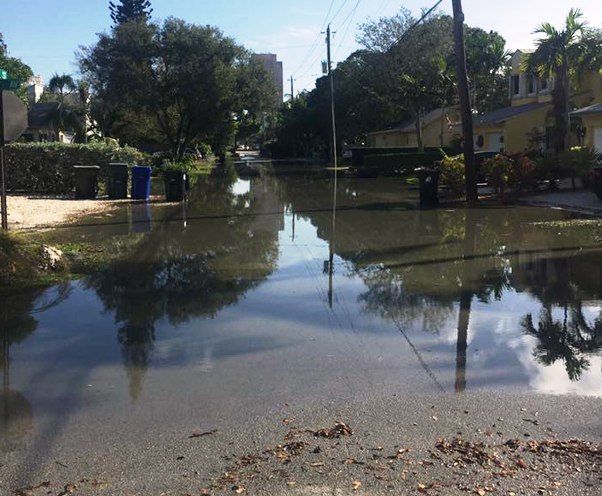Rapid real estate development in downtown Fort Lauderdale is straining the city’s aging sewer system.
Reiss Engineering, a consulting firm, reported that the downtown sewage pumping station was operating a maximum capacity in 2015. Since then, the city government has approved 26 downtown developments with 104 hotel rooms, 6,368 residences, 285,378 square feet of retail space and one million square feet of office space.
Currently, at least 11,416 residential units and 969 hotel rooms are under review, approved or under construction in downtown Fort Lauderdale.
City officials told the Sun-Sentinel newspaper that the downtown sewer system can accommodate downtown development if certain public works projects are completed as planned. The city has ongoing water and sewer projects that will cost $69 million to complete, and the city plans to use $200 million in borrowed money to complete urgent projects.
Two months ago, the Fort Lauderdale City Commission approved a contract for construction of a second downtown-sewage pumping station. According to a city memorandum, the existing downtown pumping station is operating at its capacity, and the second station would “allow for future development.”
City commissioners have agreed to a consent order from the state Department of Environmental Protection (DEP), which the state agency issued in response to large-scale sewage spills throughout the city.
The city has spilled 20.6 million gallons of untreated sewage into its waterways since 2014, prompting the DEP to negotiate a consent order with a list of critical repairs and deadlines to complete them.
Among other projects, the city plans to seal sewer pipes downtown at a fraction of the cost of replacing them, which could add 15 to 20 years to their useful life. [Sun-Sentinel] — Mike Seemuth
